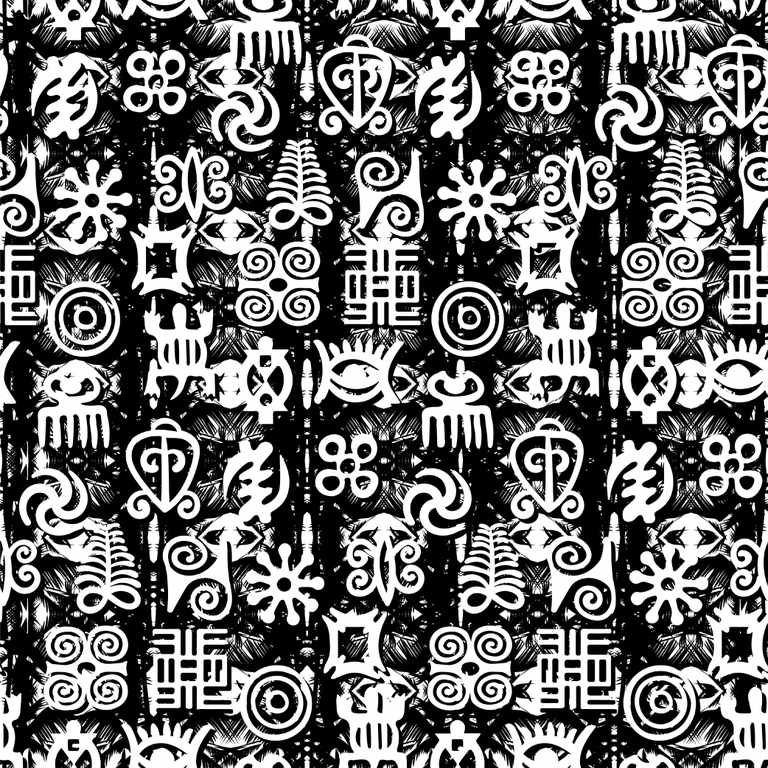
If you look around, you may see that the natural world self-organizes. There are rhythms, patterns, and cycles that integrate to create the environments in which we live. These can be seen at tiny scales and on massive scales; succulents sequences their leaves or the repetition of rivers flowing down from the mountains.

I feel intrigued by the developing civilizations and their observable world to communicate, organize, and express. Specifically, how the natural world informs design choices and that humans have a natural gift for utilizing rhythms that occur in the natural world.
With the marvels of our technology, we have discovered cave paintings and other early forms of sharing information amongst groups of human ancestors. There is evidence of the Homo-Sapiens before us that have left behind markings showing both the natural world they saw and illude to how they shared stories of existences beyond our own.
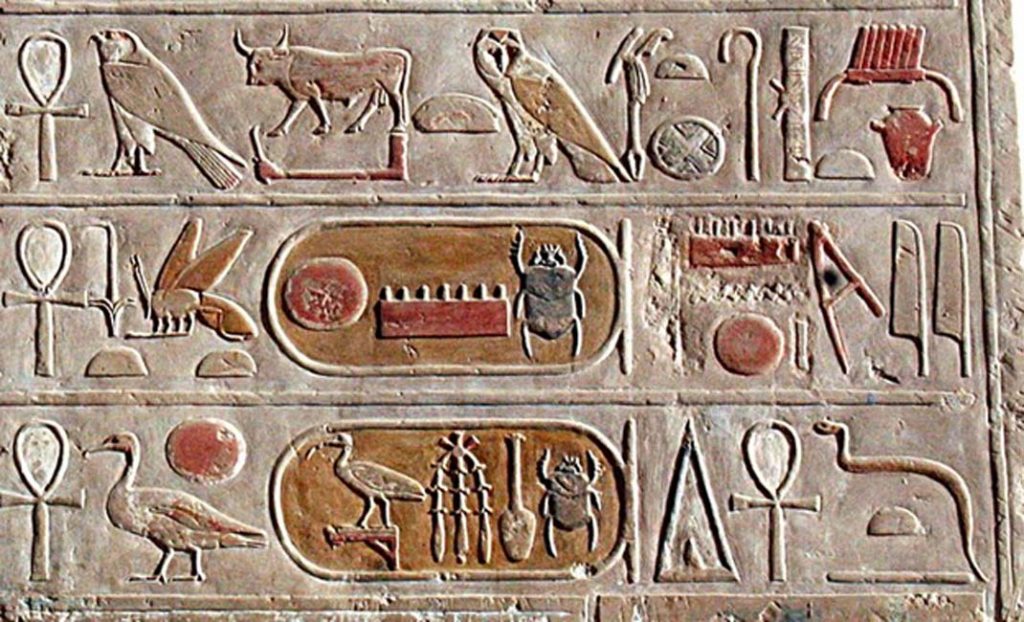
We have come to know Northern Africa and its surrounding areas have maintained the spotlight of discoveries into early civilizations, with Cuneiform and Hieroglyphics as prominent instances of early writing systems. These well-studied writing systems used pictograms to convey syllables as well as ideas. However, the logograms and pictograms seemed mysterious to us without a translation key. Taken at face value, they are abstracted renderings of what these people saw. Eventually, the meanings of the pictures and markings took on more simplified meanings and morphed into writing systems.
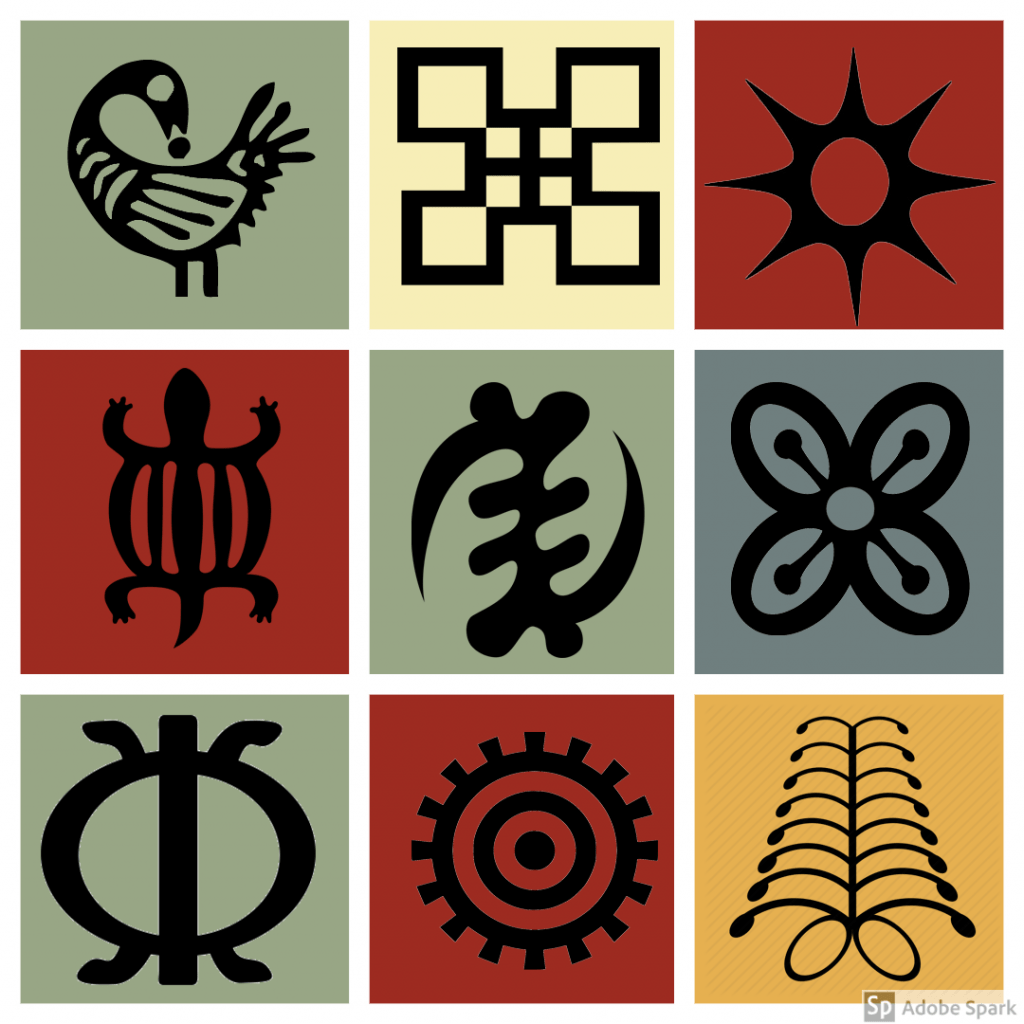
This ability to observe the elements of the natural world was key to the development of civilization and the monuments that they left us. For example, by studying how nature arranges itself, we have discovered numbers such as Pi or Phi. If we explore those numbers mathematically on the Pyramids of Giza, we get some shocking results.

More incredibly, we see humanity’s inherent ability to harness the natural mathematics occurring in nature to design incredible monuments. Many other Ancient African cultures have utilized these observations in a scaling method that often happens in nature.

Enter the fractal: a pattern of repeatable self-similar shapes or lines that is scalable in both directions of magnitude towards infinity. And many tribes in Africa have been utilizing this knowledge for countless generations in their art and engineering. Thus, there seems to be a natural affinity for scaling that occurs in African cultures.
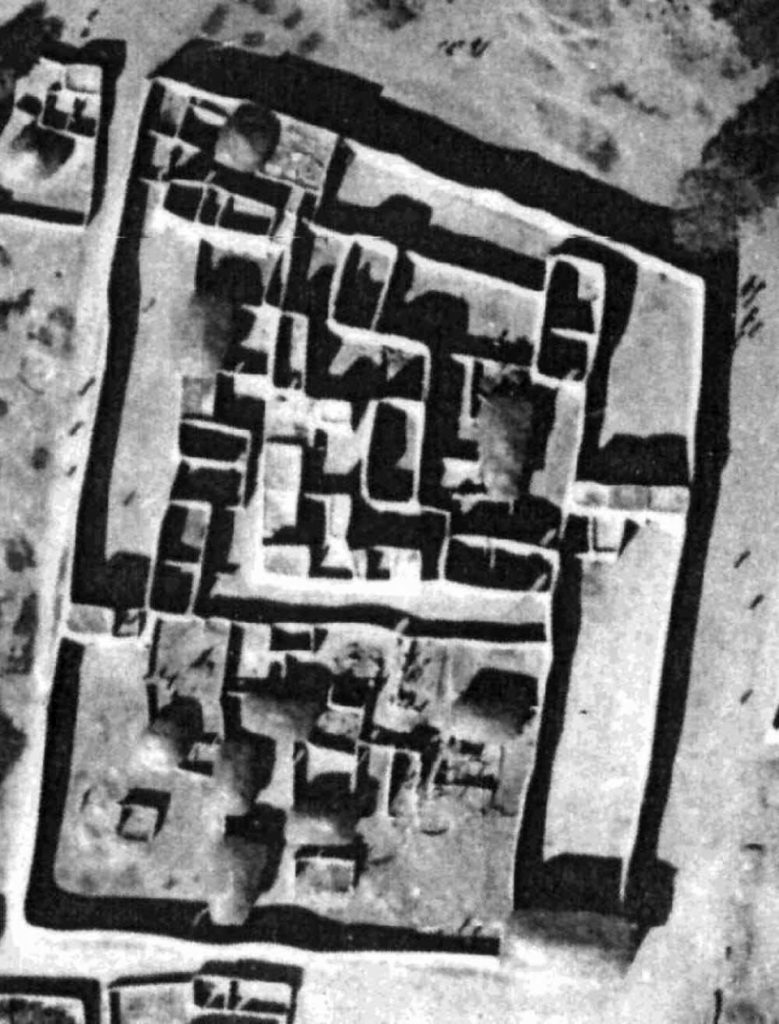
Although this field has not been deeply researched, there is still evidence of their knowledge. In his Ted Talk, the speaker and Designer Saki Mafundikwa mentioned that there is a rich heritage of fractal design in various African tribes that stretches back beyond recorded time. This idea led me to Ron Eglash, a mathematician that has looked at the African people’s ability to implement these fractals around them.
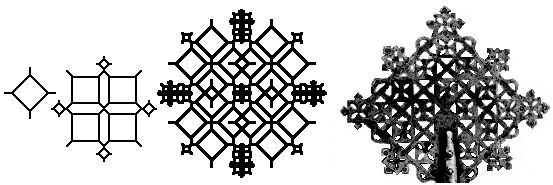
Dr. Eglash’s studies showcase how many of the tribal structures are organized in scalable repetitions. This is visible in how they organized their village and was also reflected in their social hierarchy.
Many of the patterns in the textiles, fence structures used to block savanna winds, and spiral designs of ideograms are all reflections of this ability to use the inspiration of the natural world to share complex ideas.
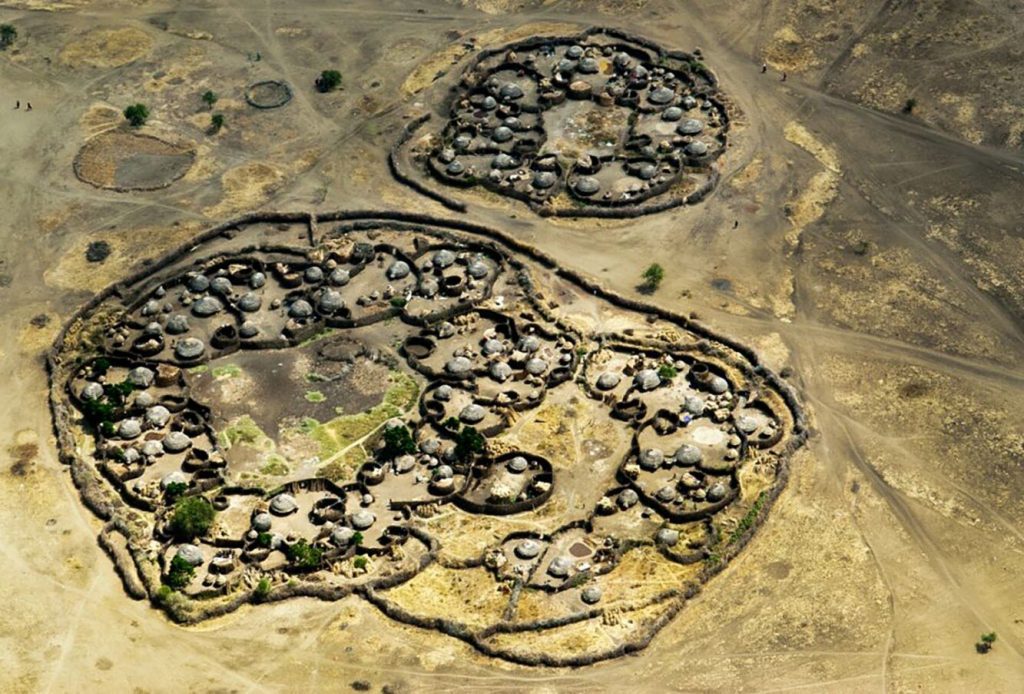
A particular ideogram that stood out for me was the Sankofa heart of the Adinkra symbols. The proverb that it represents is the idea that you must look to your roots to move forward.
The beauty and complexity of the thoughtful way that these indigenous cultures remind us to integrate new knowledge as well as looking to other information to inform our own approaches.
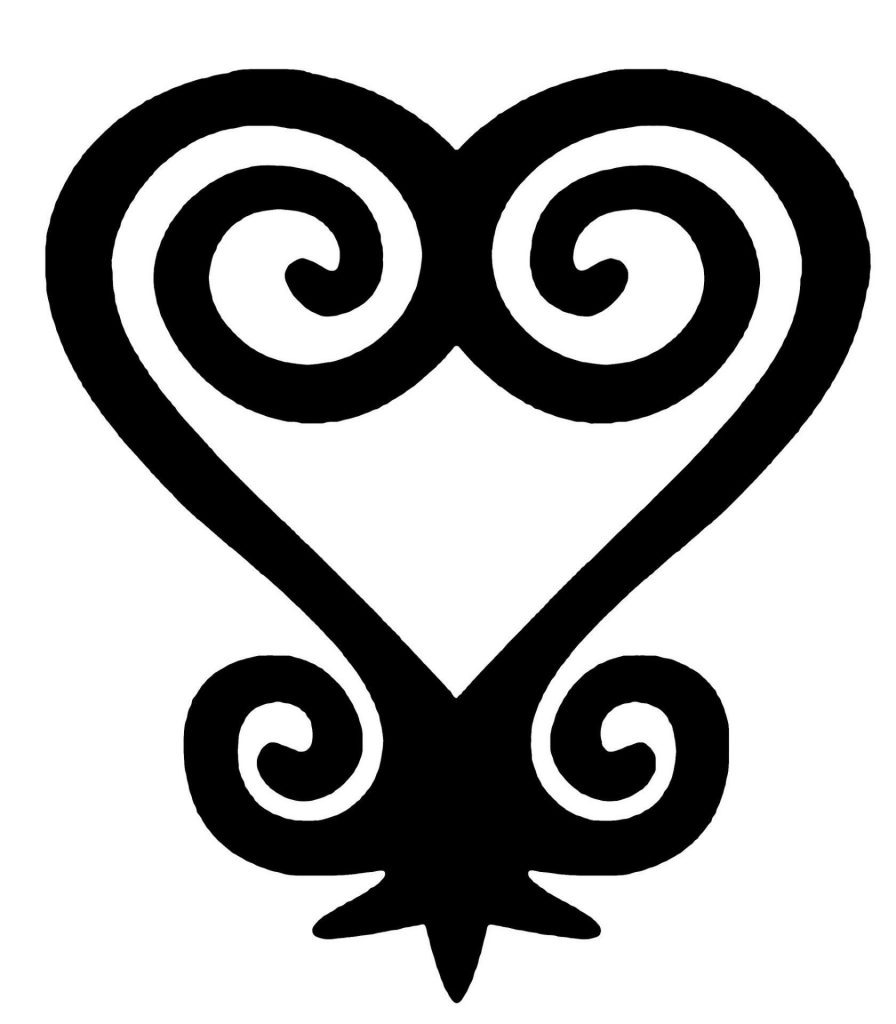
The cosmic chain of events that has led to our ability of conscious perception is a marvel. By observing what those before us have left behind, we can see characteristics akin to our own. Our ancestors observed the world around them with a sense of wonder and began to construct ways to communicate ideas and concepts from symbols that eventually morphed into complex systems. The foundation of these systems is our ability to see the patterns of nature and utilize our observations for our designs.
This journey through studying these connections is a reminder to observe, iterate and let natural elements unfold in designing. Sometimes the simple answers can provide the greatest inspiration.
Resources:
https://medium.com/@adinkrahene/adinkra-minimalism-in-african-design-a6bda0067f53
https://csdt.org/culture/africanfractals/architecture.html
